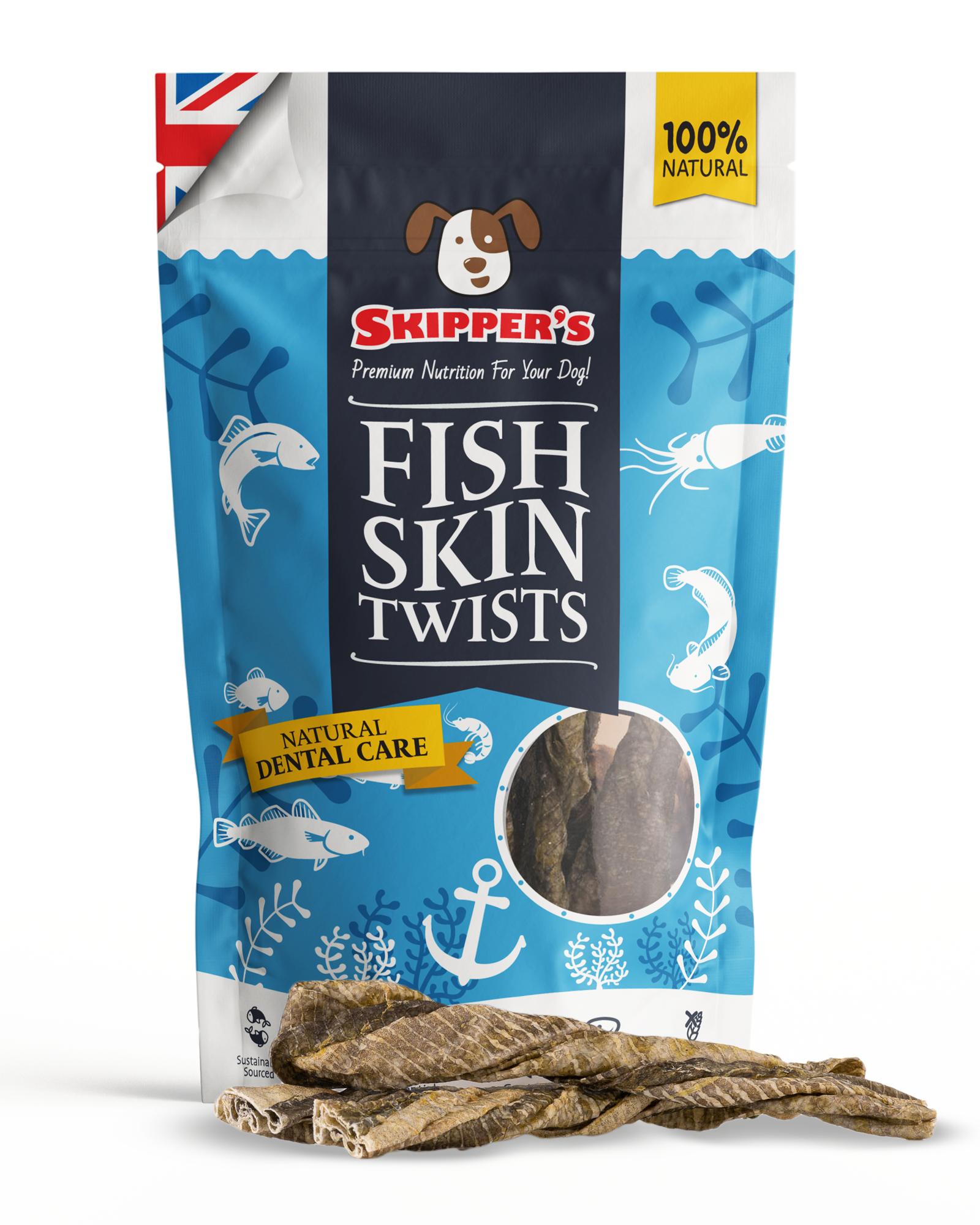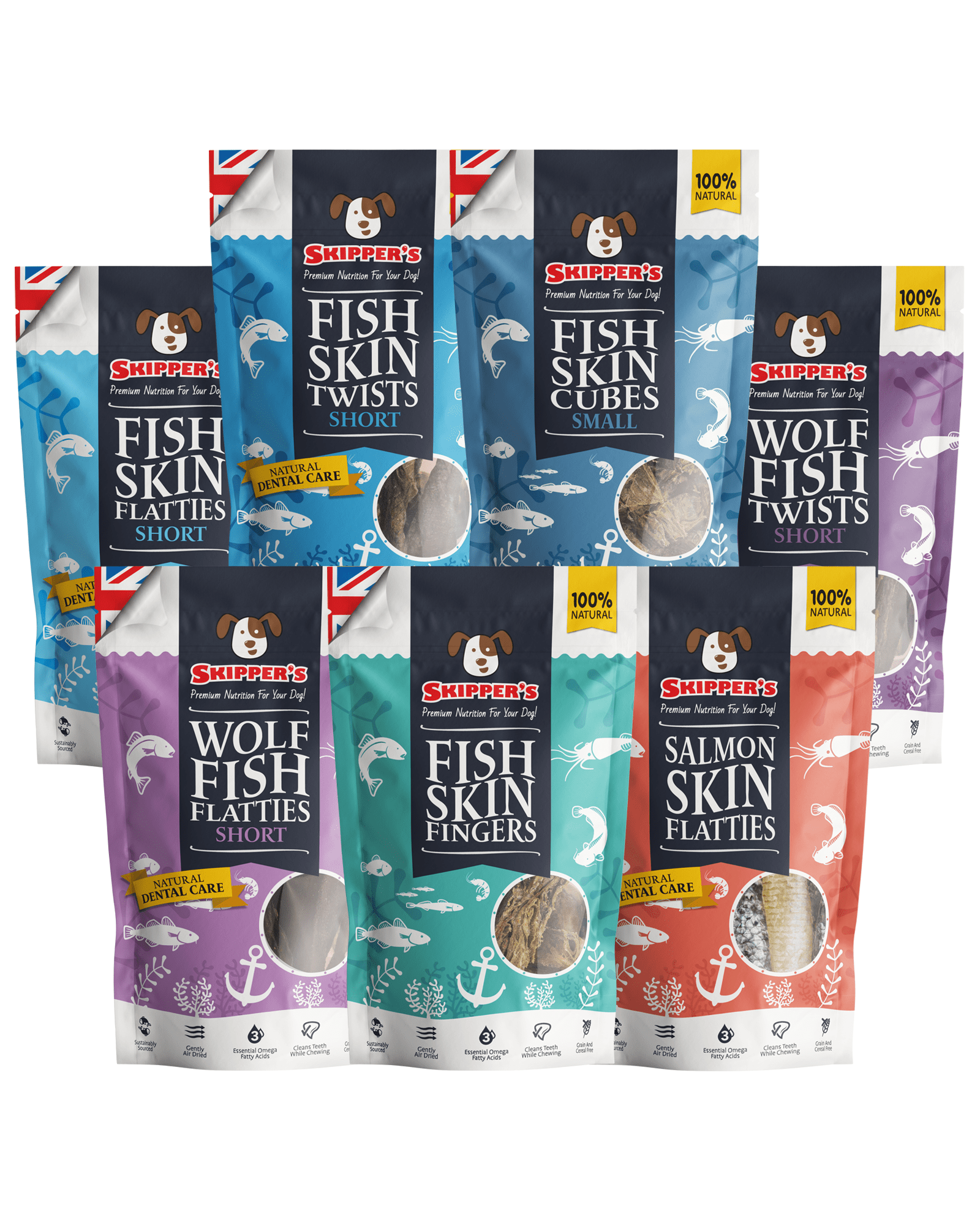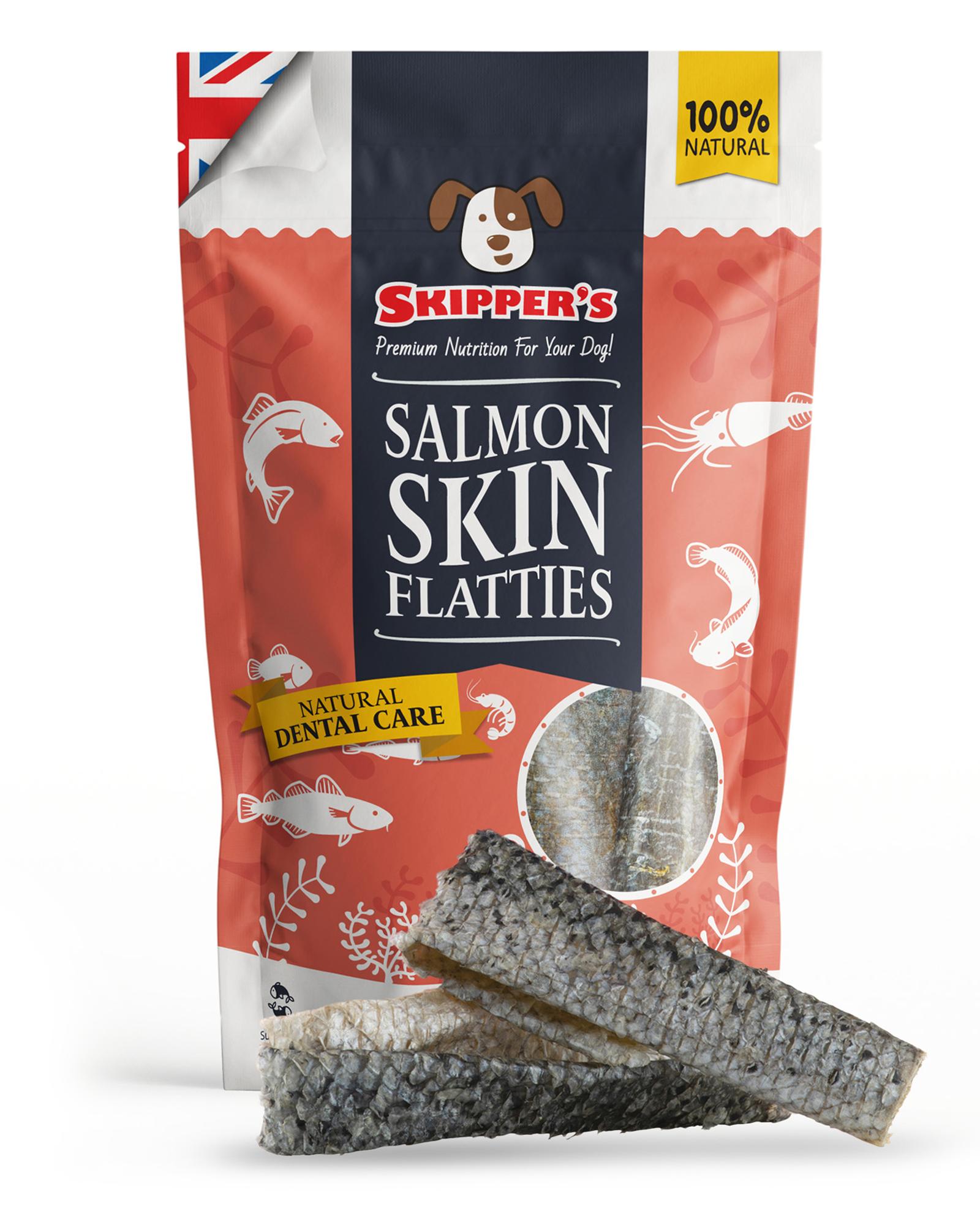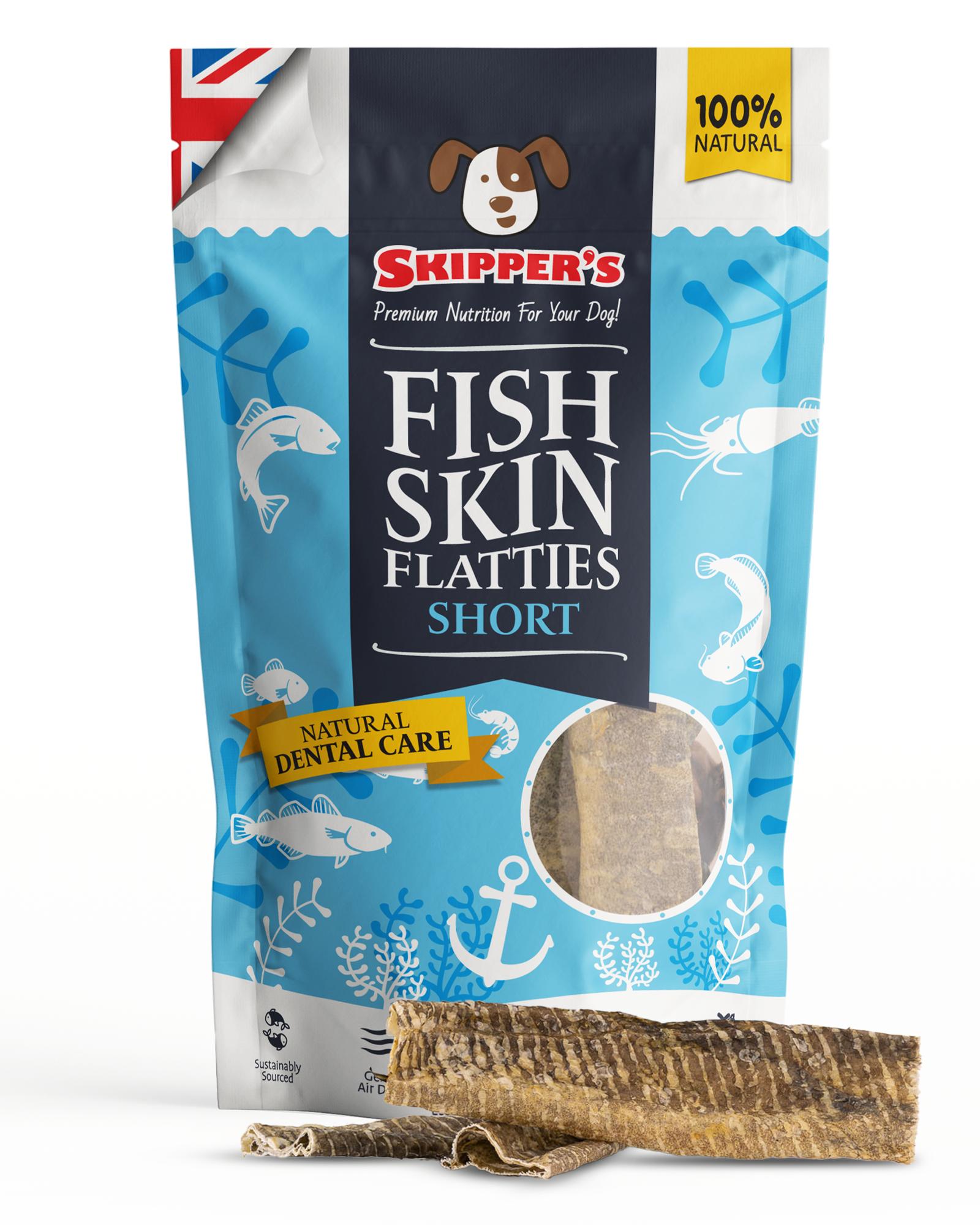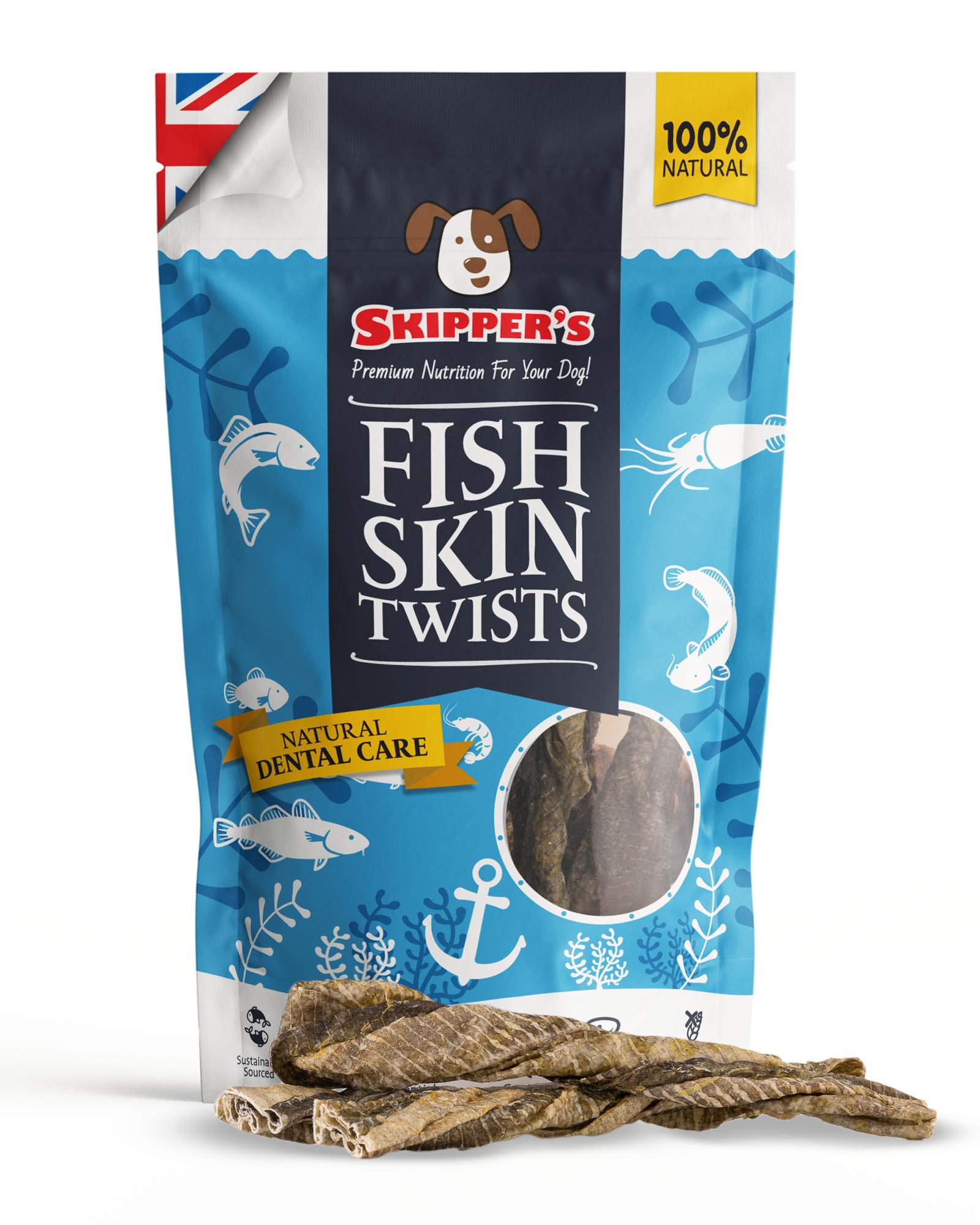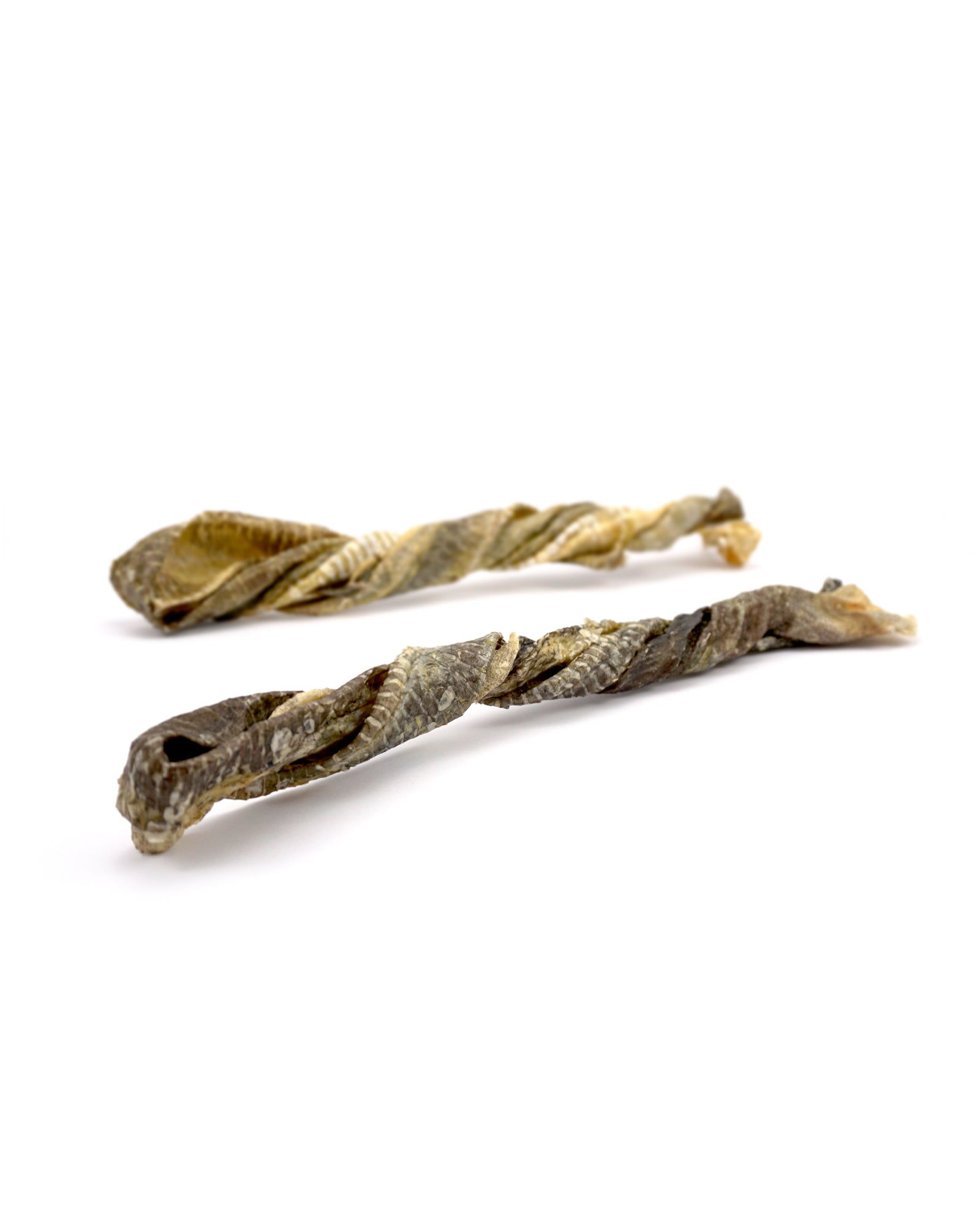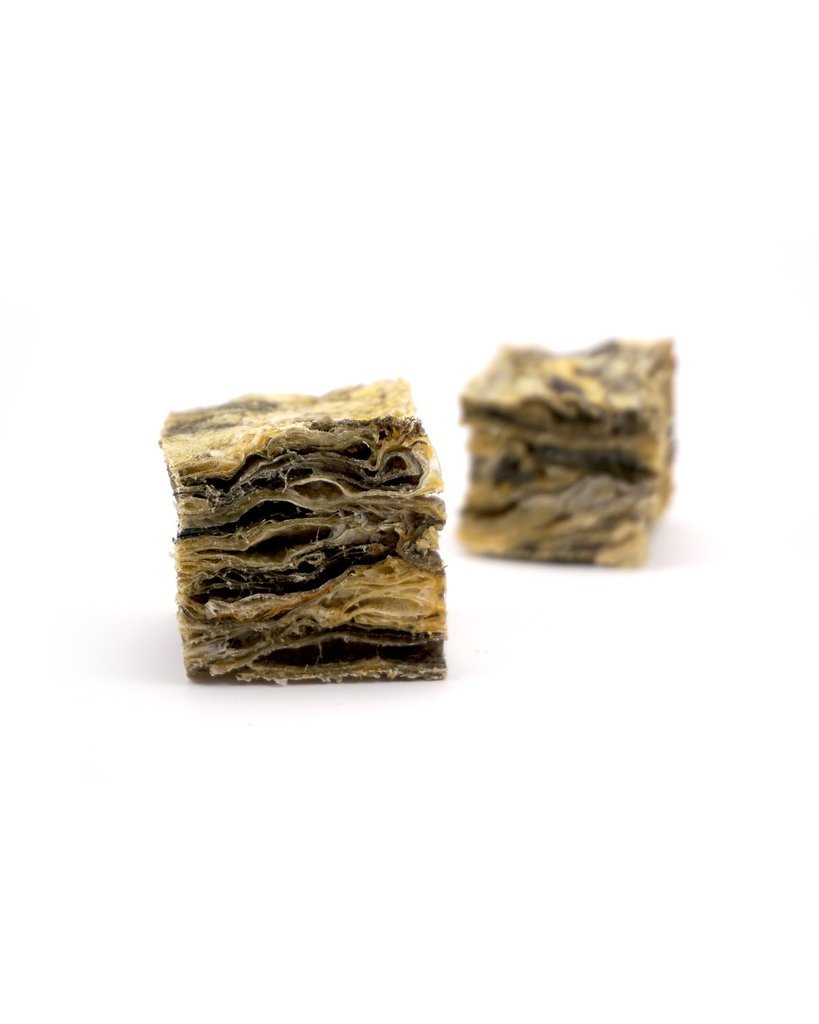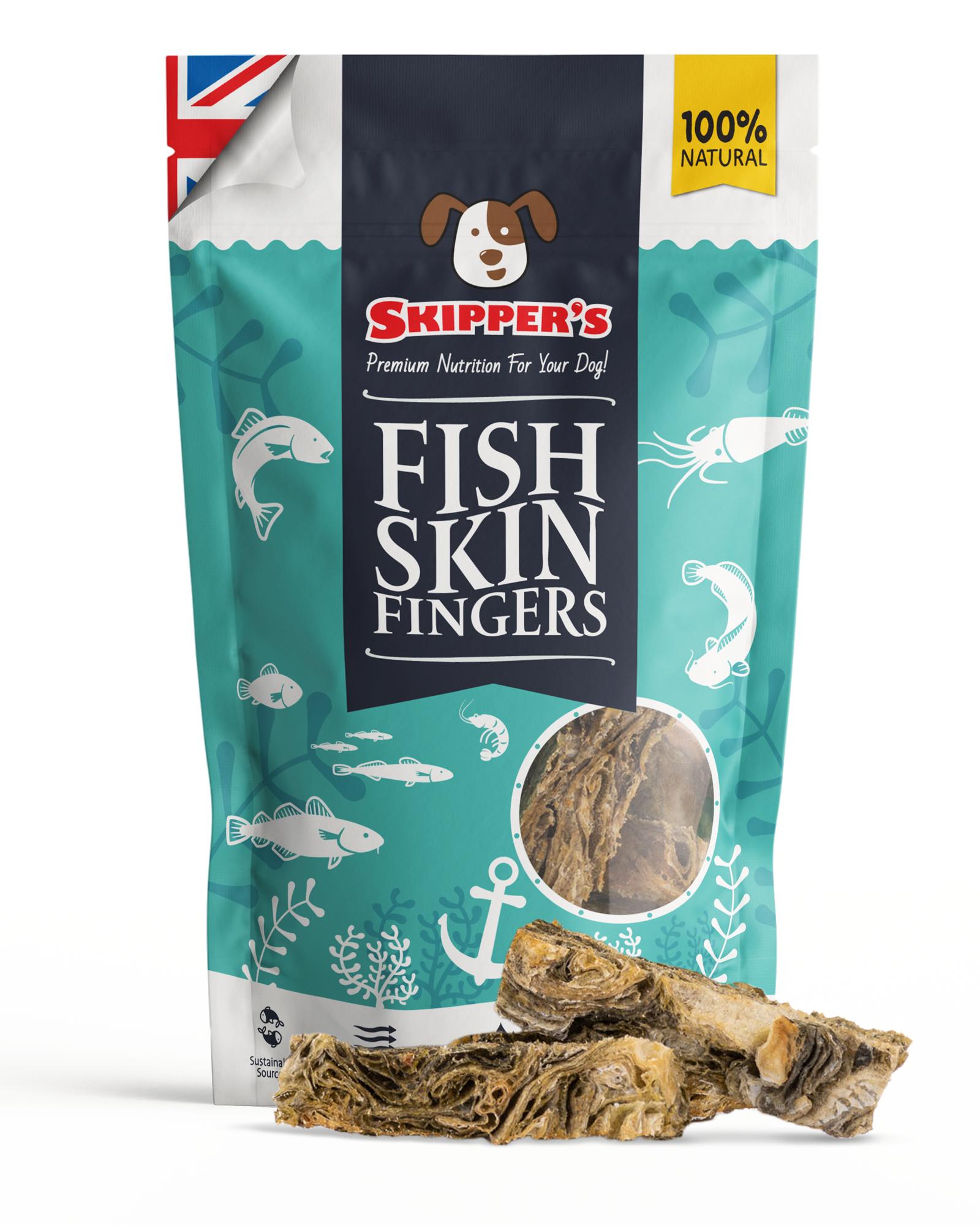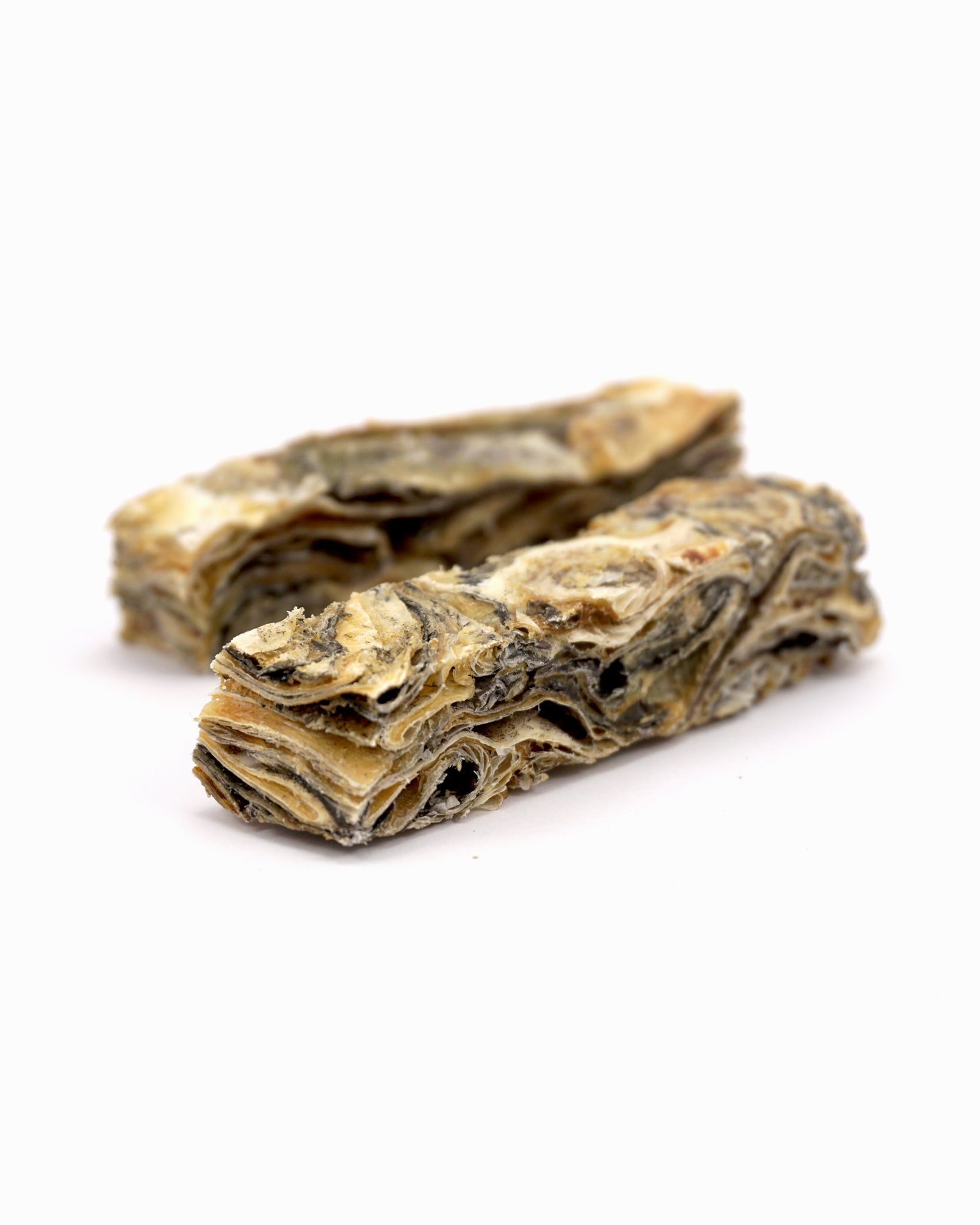Can Dogs Eat Raw Fish? | Is It Safe to Feed?

If you're considering adding raw fish to your dog's diet, it's crucial to understand the potential benefits and risks. Raw fish can be a valuable source of nutrients, including omega-3 fatty acids, high-quality protein, and essential vitamins and minerals that contribute to your dog's overall health. However, there are also significant concerns regarding parasites, bacteria, and toxins that could pose health risks to your dog.
Before feeding raw fish to your dog, it's essential to identify which types of fish are safe and the appropriate temperature at which the fish should be frozen to kill parasites, making it safer for your dog to eat.
This blog will guide you in making an informed decision about incorporating raw fish into your furry friend's diet.
Can dogs eat raw fish?
Yes, dogs can eat fish. Fish is a high-quality lean protein that's easily digestible, making it a great option for dogs with sensitive stomachs. Not only that, fish is an excellent source of essential Omega-3 fatty acids. These fatty acids are crucial for numerous reasons that can contribute to improving your dog's health. Fish is also rich in essential vitamins and minerals, such as Vitamin D, Vitamin B12, Iodine, Selenium and Magnesium.
However, it is important to consider the potential hazards of feeding raw fish. These hazards include the risk of parasites, harmful bacteria, and toxins that could pose health risks to your dog. Ensuring the fish is fresh and properly prepared is key to safely incorporating it into your dog's diet.
Benefits of feeding your dog raw fish
Feeding your dog raw fish can offer a range of health benefits due to its rich nutritional profile. Raw fish is packed with essential nutrients that can significantly improve your dog's overall well-being.
Firstly, the Omega-3 fatty acids in raw fish contribute to improved skin and coat health. These essential fats help maintain a shiny coat, reduce inflammation, alleviate itching, and prevent dry, flaky skin. Additionally, Omega-3s support enhanced brain function, with high levels of DHA (docosahexaenoic acid) promoting cognitive health, which is particularly beneficial for puppies and senior dogs.
Raw fish also strengthens the immune system. It's rich in vitamins such as Vitamin D and minerals like Selenium, both of which play a crucial role in defending against infections and diseases. Moreover, the anti-inflammatory properties of Omega-3 fatty acids can aid in better joint health by reducing joint inflammation and pain, making raw fish an excellent dietary addition for dogs with arthritis or other joint issues.
To support this, a 2018 study on Labrador Retrievers found that those fed a fish-based diet had a less severe grade of osteoarthritis at 12 months of age compared to those on a chicken-based diet. Another study showed that a diet rich in DHA and EPA from fish led to beneficial changes in metabolic markers, such as reduced levels of certain compounds linked to cellular health.
Incorporating raw fish into your dog's diet can provide these significant health benefits, ensuring your pet remains healthy and active.
What fish should I avoid feeding to my dog?
-
Canned Tuna
-
King Mackerel
-
Tilefish
-
Clams
-
Mussels
-
Oysters
-
Swordfish
These fish should be avoided because they are known to contain high levels of mercury and other harmful contaminants, which can be toxic to your dog. Additionally, shellfish like clams, mussels, and oysters can carry toxins and pathogens that may be harmful to your dog's health. Large predatory fish such as swordfish and king mackerel can accumulate significant amounts of toxins over their long lifespans, making them unsafe for consumption. By steering clear of these types of fish, you can ensure your dog enjoys the health benefits of fish without the associated risks.
Can dogs eat cooked or dried fish?
Certainly! Cooked and dried fish can be a safer alternative if you are looking to incorporate fish into your dog's diet. Cooked fish, without any seasoning or harmful additives, can be a nutritious and safe addition. It's important to cook the fish thoroughly to eliminate any potential parasites and harmful bacteria.
Similarly, dried fish, such as Skipper's Fish Skin Jerky, is an excellent option. These treats are typically sourced from local fish merchants and dried on the same day, ensuring freshness and quality. Dried fish can be a delicious and healthy treat for your dog, providing both enjoyment and dental benefits as they chew, helping to clean your dog's teeth naturally.

Take a peek at our experts top picks
What parasites can be found in raw fish?
Feeding raw fish to your dog can expose them to various parasites that may pose significant health risks. It's crucial to be aware of these parasites and take appropriate measures to minimise the risk. Here are the most common parasites found in raw fish:
Flukes (Trematodes)
Flukes, also known as trematodes, are parasitic flatworms that can infect the liver, intestines, and lungs of dogs. These parasites are often found in raw fish, particularly freshwater fish. Infected dogs may experience symptoms such as diarrhoea, vomiting, weight loss, and lethargy. To prevent fluke infections, it's essential to properly freeze or cook the fish before feeding it to your dog.
Roundworms (Nematodes)
Roundworms, or nematodes, are another type of parasite commonly found in raw fish. These worms can infect your dog's digestive system, causing symptoms like vomiting, diarrhoea, and abdominal pain. In severe cases, roundworms can lead to intestinal blockages. Ensuring that raw fish is frozen at the right temperature for at least seven days can help kill these parasites and reduce the risk of infection.
Tapeworms (Cestodes)
Tapeworms, also known as cestodes, are long, flat parasites that can live in your dog's intestines. Dogs can become infected with tapeworms by eating raw fish that contain tapeworm larvae. Symptoms of tapeworm infection include weight loss, poor coat condition, and segments of the tapeworm appearing in your dog's faeces. Freezing raw fish before feeding it to your dog can help eliminate the risk of tapeworm infection.
How do I get rid of parasites in raw fish?
To ensure the safety of feeding raw fish to your dog and eliminate the risk of parasites, it's crucial to either properly freeze or cook the fish. Freezing fish at -20°C (-4°F) for at least seven days can effectively kill parasites such as flukes, roundworms, and tapeworms. Cooking fish to an internal temperature of 63°C (145°F) will also destroy any harmful parasites and bacteria. Alternatively, purchasing fish from reputable sources that follow strict safety and quality control measures can further reduce the risk of contamination. By following these methods, you can safely incorporate raw fish into your dog's diet.
How do I feed my dog raw fish?
Start with small portions of raw fish to monitor your dog's reaction and ensure they tolerate it well. Gradually increase the amount over time, watching for any signs of digestive upset or allergic reactions. Always remove as many bones as possible from the fish to prevent choking hazards or internal injuries. Additionally, ensure the fish is fresh and properly prepared to eliminate any potential parasites. Consult your veterinarian to ensure a balanced diet tailored to your dog's specific needs and to determine the appropriate type and amount of fish for your dog. By taking these precautions, you can safely introduce raw fish into your dog's diet, providing them with a nutritious and beneficial food source.
What should I do if raw fish makes my dog sick?
Feeding raw fish to your dog can sometimes result in illness, even with the best precautions. If you suspect that your dog is unwell after eating raw fish, it's important to act quickly and know the steps to take to ensure your dog's health and safety.
Check your dog for symptoms
Monitor your dog closely for any signs of illness. Common symptoms of illness from raw fish can include vomiting, diarrhoea, lethargy, loss of appetite, abdominal pain, and visible parasites in the stool. In some cases, more severe symptoms such as fever, dehydration, or neurological signs may occur. Early detection of these symptoms can help you address the issue more effectively and prevent further complications.
Contact your veterinarian
If you notice any of the above symptoms or if your dog appears to be unwell after consuming raw fish, contact your veterinarian immediately. Provide your vet with detailed information, including the type and amount of fish consumed, how it was prepared, and any symptoms your dog exhibits. Your veterinarian may consider bringing your dog in for an examination and performing tests to determine the cause of the illness. They can then provide the appropriate treatment, which may include medications to alleviate symptoms and address any infections or parasites. Timely veterinary care is crucial in ensuring your dog's recovery and preventing any long-term health issues.
Frequently Asked Questions
Can dogs eat raw fish heads?
Whilst some dogs enjoy raw fish heads, depending on the head's size, they can be a choking hazard and may contain sharp bones. Always supervise your dog and ensure the fish head is free of harmful parasites.
Can dogs eat raw fish bones?
Raw fish bones are softer than cooked bones but still pose a choking risk. It's best to remove bones before feeding raw fish to your dog to prevent potential injuries or blockages.

